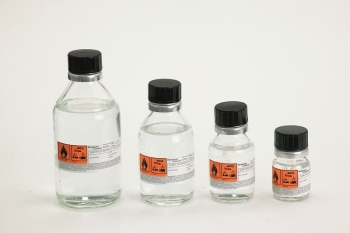 According to HazCom 2012, employers are only required to have SDS’s readily accessible for hazardous chemicals. For non-hazardous chemicals, OSHA does not require employers to maintain SDSs. A chemical is considered as non-hazardous only if the chemical is not classified as a health hazard, an environmental hazard, or a physical hazard.
According to HazCom 2012, employers are only required to have SDS’s readily accessible for hazardous chemicals. For non-hazardous chemicals, OSHA does not require employers to maintain SDSs. A chemical is considered as non-hazardous only if the chemical is not classified as a health hazard, an environmental hazard, or a physical hazard.
OSHA defines a health hazard as “a chemical which is classified as posing one of the following hazardous effects: acute toxicity(any route of exposure); skin corrosion or irritation; serious eye damage or eye irritation; respiratory or skin sensitization; germ cell mutagenicity; carcinogenicity; reproductive toxicity; specific target organ toxicity (single or repeated exposure); or aspiration hazard.”
Similarly, a physical hazard is defined as “a chemical that is classified as posing one of the following hazardous effects: explosive; flammable (gases, aerosols, liquids, or solids); oxidizer (liquid, solid or gas); self-reactive; pyrophoric (liquid or solid); self-heating; organic peroxide; corrosive to metal; gas under pressure; or in contact with water emits flammable gas.”
So what kinds of substances are categorized as non-hazardous?
Chemicals that fall under this category include the following:
· Drugs in solid, final form for direct administration to the patient (e.g., tablets)
· Retail drugs that has been packaged by the manufacturer and can be purchased over-the-counter
· Drugs intended for personal consumption (e.g., first aid supplies)
· Articles (e.g., any manufactured item, other than a fluid or particle, that does not pose a physical hazard or health risk to employees)
· Tobacco and tobacco products
· Hazardous waste
· Cosmetics
· Wood or wood products
· Nuisance particulates that do not pose any physical or health hazard
· Biological hazards
· Ionizing and nonionizing radiation
· Food and alcoholic beverages
With the broad definition of hazardous chemicals, it is important for chemical manufacturers and importers to determine the actual health and physical hazards of the chemicals they produce/distribute. So, although OSHA does not require SDS’s for non-hazardous chemicals, it is better to be safe than sorry!







